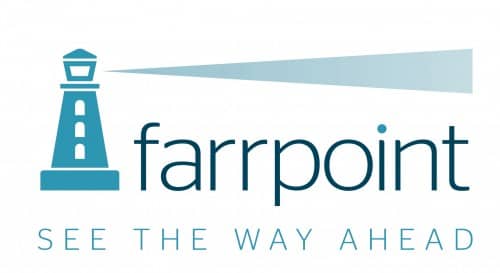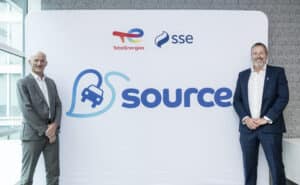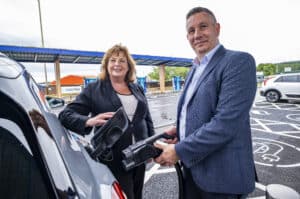
Scotland has set a target to achieve 95 per cent coverage of superfast broadband across the country by 2017 with a £410 million investment from public subsidy and supplier contributions. Progress is being made towards this objective with three initiatives in place, however it is the final 5 per cent of coverage that will prove difficult. Achieving the projected 10Mbps speeds as part of the planned USO will be an improvement for some rural premises but will not be enough longer term as the low benchmark does not suggest a future-proof infrastructure. Superfast broadband speeds should be the minimum target for most rural areas in line with the rest of the country. This was echoed by the recent First Minister’s commitment for universal superfast broadband by the end of the next parliament.
The newly appointed Cabinet Secretary for Rural Economy and Connectivity, Fergus Ewing, has a tough job ahead of him to connect rural Scotland and ensure penetration levels in line with the rest of the UK. Scotland has unique issues with a difficult geography and dispersed population. These issues can only be overcome successfully by building on current initiatives and refining a cohesive strategy nationwide to strengthen collaboration between private investors, suppliers, councils and government agencies.
Currently, people living in rural areas are encouraged to use the internet to conduct business, apply for subsidies, complete tax returns and even boost social inclusion, but these people don’t always have a reliable connection. Digital exclusion is a key issue in rural areas and can even lead to residents and businesses relocating towards better-connected urban centres. Connecting the final 5 per cent of Scotland will be costly and difficult, but in the long-term this will not only help us achieve our connectivity goals but the Government and suppliers will gain financial benefits with further contributions to the Scottish economy.

In August, BT announced take up for superfast broadband across the UK was likely to exceed the forecast level of 20 per cent, making it more profitable than first thought and highlighting the eagerness of remote residents to be more connected. Take up in rural areas has proven popular, thanks to the higher speeds available. As a consequence, BT has identified up to £129m to be made available to local bodies UK wide for further investment. Additional funding has been identified from both BDUK and the Scottish Government, which, combined with a share of this £129m, will allow extending availability of superfast broadband further into the final 5 per cent.
Current initiatives to provide better coverage are progressing (including Highlands and Islands project, Rest of Scotland project and Community Broadband Scotland), however it is difficult to forecast how far they will go. There is a need for an overall strategy to optimise the outcomes of these programmes as well as future initiatives, and achieve greater results.
A potential issue is the shortage of suppliers willing to deliver next generation broadband to these areas due to the difficulty of identifying clear profit margins. Access to affordable infrastructure and wholesale services is even more important in remote areas to enable investments by private suppliers, whether in broadband or in mobile infrastructure. To achieve this, private investors need to be encouraged by gaining access to affordable infrastructure and wholesale services.
Mr Ewing has a hard task ahead of him to close the digital divide across Scotland. It is vital we keep people in rural communities connected and support their everyday lives with the technology city residents take for granted. By encouraging more collaboration and private investment, we can hope to meet the challenging objective of universal superfast broadband coverage by 2020.


